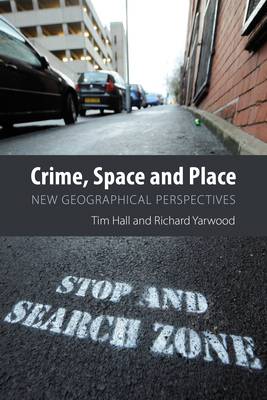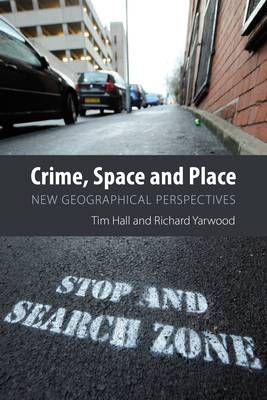
- Afhalen na 1 uur in een winkel met voorraad
- Gratis thuislevering in België vanaf € 30
- Ruim aanbod met 7 miljoen producten
- Afhalen na 1 uur in een winkel met voorraad
- Gratis thuislevering in België vanaf € 30
- Ruim aanbod met 7 miljoen producten
Zoeken
€ 167,95
+ 335 punten
Uitvoering
Omschrijving
This is a critical introduction to the geographies of crime, highlighting the specific value that a geographical perspective adds to the study of crime. Tim Hall and Richard Yarwood do this by examining crime through the lenses of space and place. They also explore the interdisciplinary nature of geographies of crime, examining its overlaps with criminology, sociology, economics, psychology, urban and rural studies, cartography and GIS, and policing. Importantly, the authors look to the future by exploring forms of offending that have received little attention to date, such as corruption, transnational organised crime and ecocide. Additionally, they acknowledge the contributions of new theoretical perspectives from beyond geography, such as Southern criminology and green criminology. The authors reflect upon the emergence of a renewed interest in crime and illegality by geographers in recent years under the banner "new geographies of crime" and salient developments in cognate areas of criminology. This is a forward-looking book that enhances our geographical understandings of crime in the twenty-first century. The book is suitable for undergraduate and postgraduate courses in human and social geography, particularly the geographies of crime as well as a range of criminology courses.
Specificaties
Betrokkenen
- Auteur(s):
- Uitgeverij:
Inhoud
- Aantal bladzijden:
- 224
- Taal:
- Engels
Eigenschappen
- Productcode (EAN):
- 9781788218849
- Verschijningsdatum:
- 28/04/2026
- Uitvoering:
- Hardcover
- Formaat:
- Genaaid
- Afmetingen:
- 156 mm x 234 mm

Alleen bij Standaard Boekhandel
+ 335 punten op je klantenkaart van Standaard Boekhandel
Beoordelingen
We publiceren alleen reviews die voldoen aan de voorwaarden voor reviews. Bekijk onze voorwaarden voor reviews.








